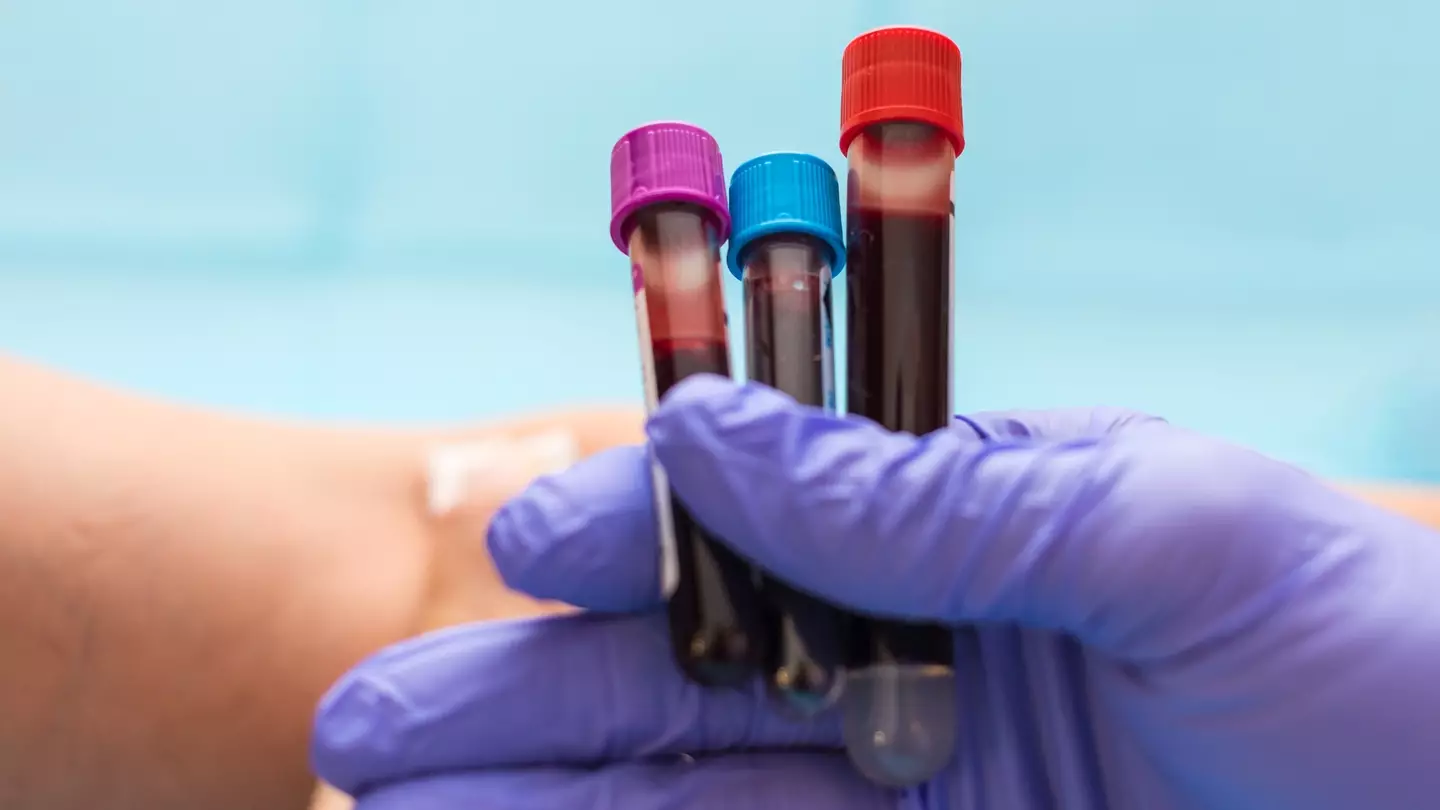
Scientists discover new blood group after 50 years
NHS scientists have developed a test to identify patients with this rare blood type
 Gregory Robinson
Gregory Robinson

Gregory is a journalist working for Tyla. After graduating with a master's degree in journalism, he has worked for both print and online publications and is particularly interested in TV, (pop) music and lifestyle. He loves Madonna, teen dramas from the '90s and prefers tea over coffee.